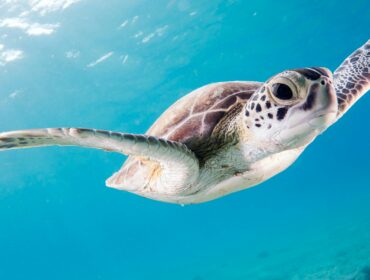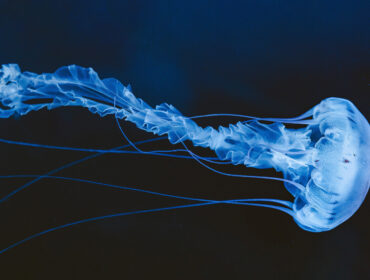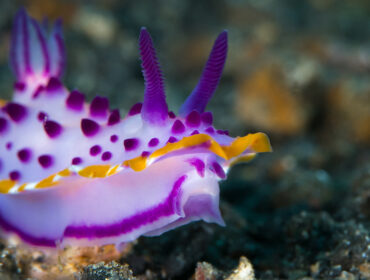One of the most well-known marine symbiotic relationships is between the clownfish, a small, brightly colored fish, and the sea anemone, a spongy sea creature that looks more like a plant than an animal. This mutually beneficial relationship is fascinating because sea anemones sting any fish that comes close. These little fish, however, have learned to live with the anemone, a mutual arrangement that benefits both creatures.
Clownfish, also called anemone fish, are attracted to anemones because living within an anemone offers many benefits to the fish. The most significant advantage is that the anemone provides protection. Sea anemone tentacles can deliver a toxic sting, which can paralyze not only small fish but larger marine creatures as well. The fish are immune to this sting, so if a predator comes too close, the fish can quickly swim into the anemone, hiding within the tentacles.
Anemones protect anemone fish and their eggs. Anemone fish often lay their eggs on a rock or piece of coral close to the anemone, which helps ensure that the eggs remain safe from any ocean creatures that may otherwise eat them.
In addition to protection, the anemone also provides food for the fish. These fish will often eat the anemone’s dead tentacles and scavenge any food that the anemone fails to eat.
Not only the clownfish benefit from this symbiotic relationship. Anemones are also aided by fish. These fish defend the anemone from other small fish that may want to eat it. Some scientists also believe that the movements of the fish help to aerate the water near the anemone, increasing its respiration. In addition, these fish help to pick away parasites that cling to the anemone.
The fish’s waste also provides the anemone with essential nutrients like nitrogen. The nitrogen nourishes the anemone and encourages algae growth in the anemone’s polyps, which helps the anemone grow faster and quickly recover from any damage.




